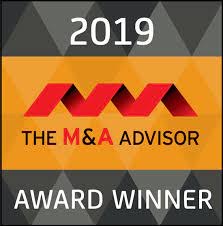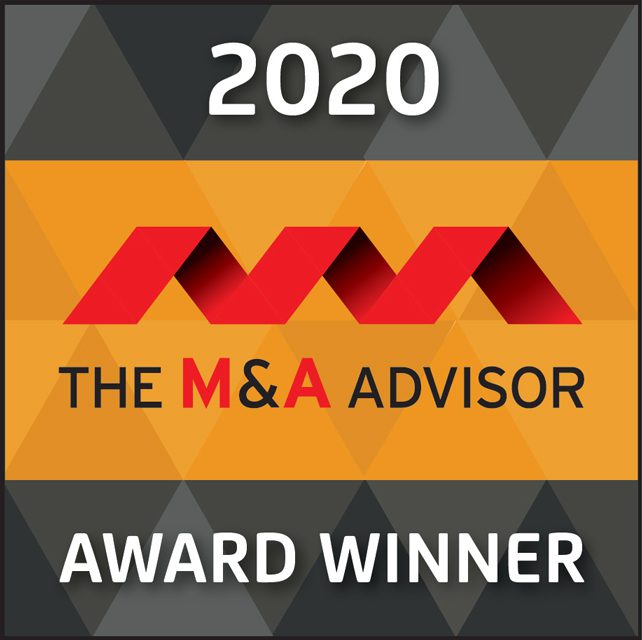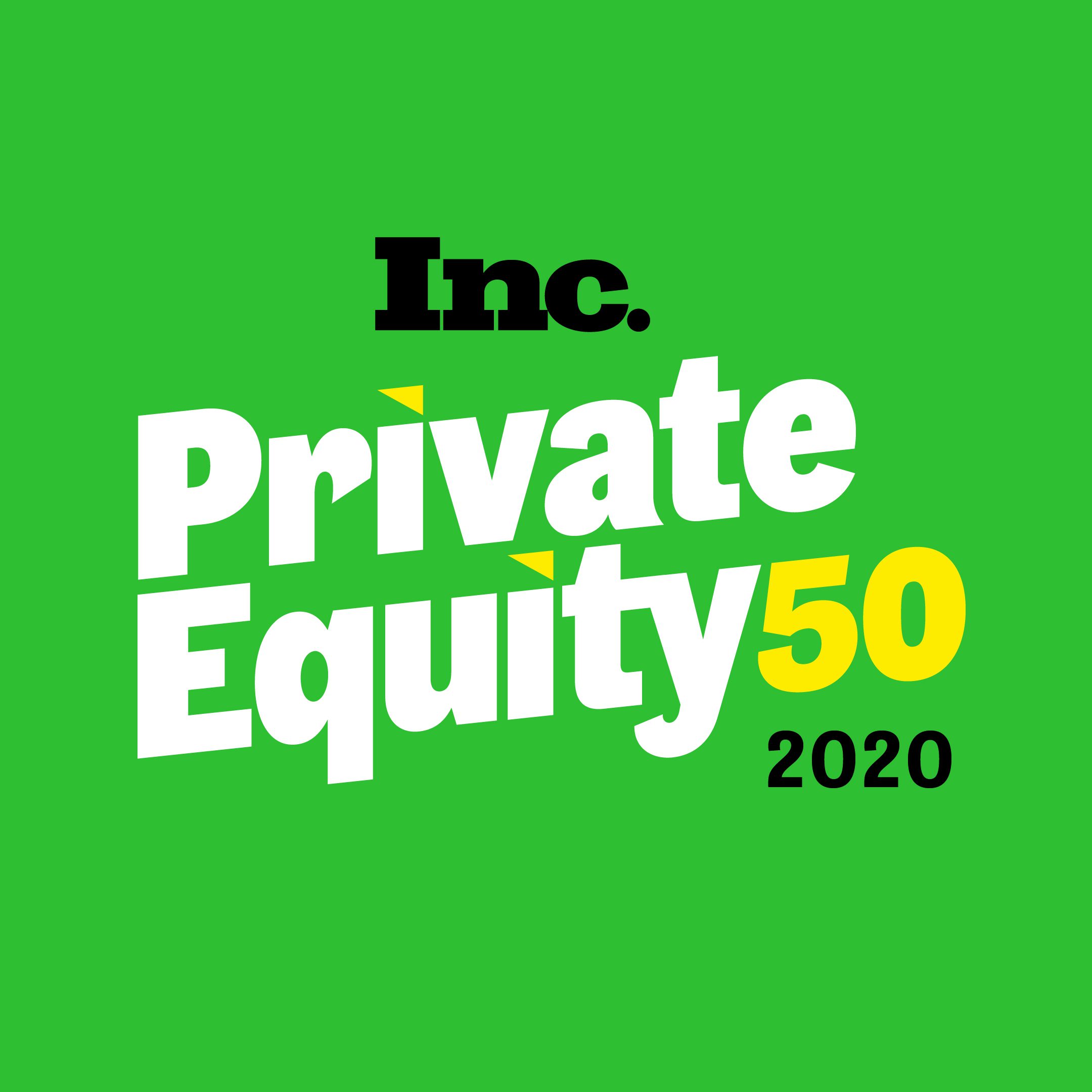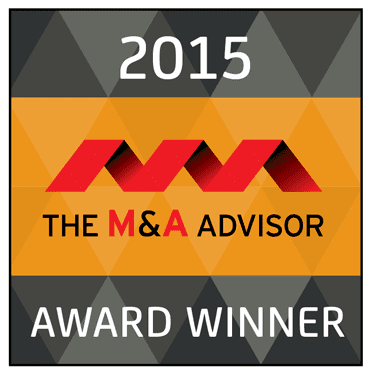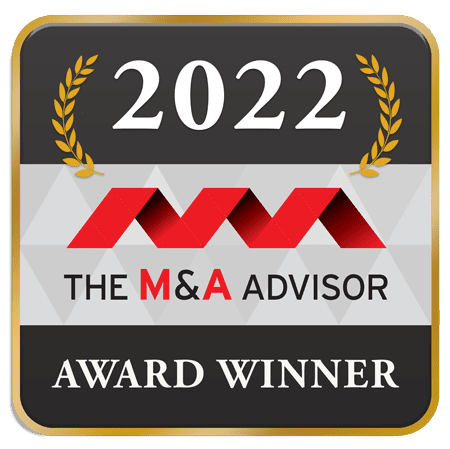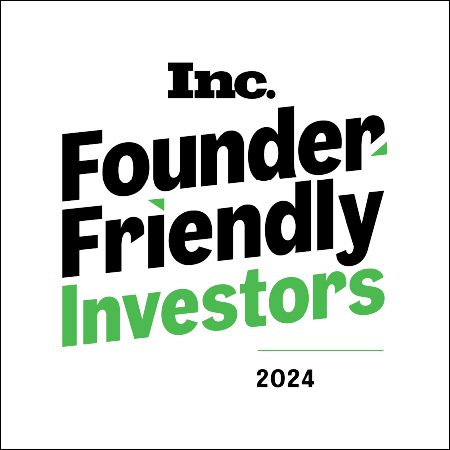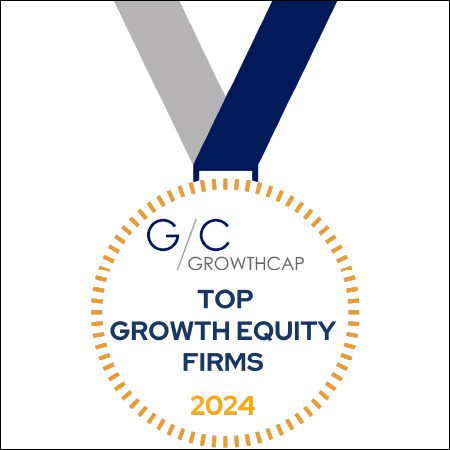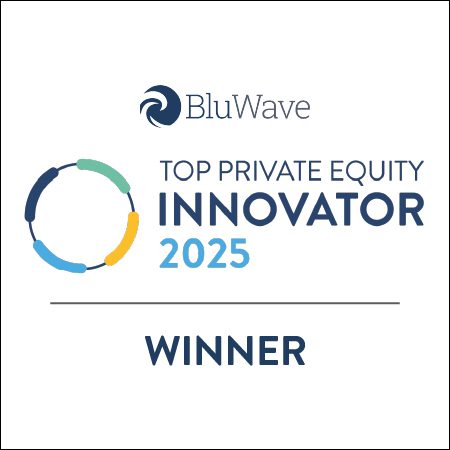America’s Vibrant Tech Sector Is Not in Silicon Valley
Antoine Gara, FORBES STAFF
Guest post written by Strattam Capital Co-Founder Bob Morse
Have you heard of the technology boom going on outside of Silicon Valley?
It may be a surprise to learn that the U.S. tech industry outside of California, New York and Massachusetts comprises 81% of tech companies and 73% of all workers. This vibrant part of the American tech sector gets little fanfare, but its impact is real.
There are thousands of the business-to-business software companies that are toiling away successfully in places like St. Louis, Philadelphia, Scottsdale and Denver. These largely founder-led companies don’t have a fancy acronym like the stars of Silicon Valley, but I’d like to propose a decidedly un-sexy phrase for them – the American Tech Mittelstand. There’s a parallel between these private, sub-$50 million in revenue companies and Germany’s Mittelstand, the base of specialized, private and largely family-controlled manufacturing businesses that power the German export economy.
When my partners and I meet meet with these companies, we discover decidedly different measures of success, customer relationships and funding needs than those in Silicon Valley. Like their German counterparts, these businesses are solving specific problems in specific industries, usually where a founder has experienced a problem first-hand and then developed software that is deeply infused with an understanding of that industry and what needs fixing.
They also operate with distinctive business models and values, often focusing more on enhancements to existing processes or systems, rather than seeking disruption. When Apple wants to optimize its logistics billing, for example, it turns to one of these companies for the world’s best specialty global freight payments solution.
Finally, firm-level profits, not unit economics, matter. The American Mittelstand regard success as achieving profitability and steady revenue growth over a 15 year time-frame. This success is predicated on niche product specialization, one-on-one customer relationships, word-of-mouth marketing and high employee retention and tenure rates.
But investing in technology has been built specifically for hubs in Silicon Valley and it is not customized to fit the particular needs of smaller, specialized software companies. As a result, the American Tech Mittelstand is under-resourced relative to its potential as a huge, hidden strength of the U.S. economy.
An example of this hidden asset is a coffee distributor CEO from New Orleans, whom I met in 1997. He was wrestling with how to control spending by his fleet of drivers, and eventually developed a secure fleet payment system now used by millions of fleet drivers across the globe. The company had less than $20 million in revenue at the time. Today, FleetCor has a public market capitalization of $14 billion, and is one of the great, quiet success stories of the past two decades.
There are scores of companies like the late 1990s version of FleetCor that are quietly carrying the economy today. They are less hyped than their Silicon Valley peers. But don’t be surprised to see them continue to grow, serving as the hidden figures boosting the economy in years to come.
Bob Morse is a Co-Founder of Strattam Capital, a private equity firm based in Austin, Texas focused on business technology companies. His investments include Blacksmith Applications, Trax Technologies, Contegix and others.
